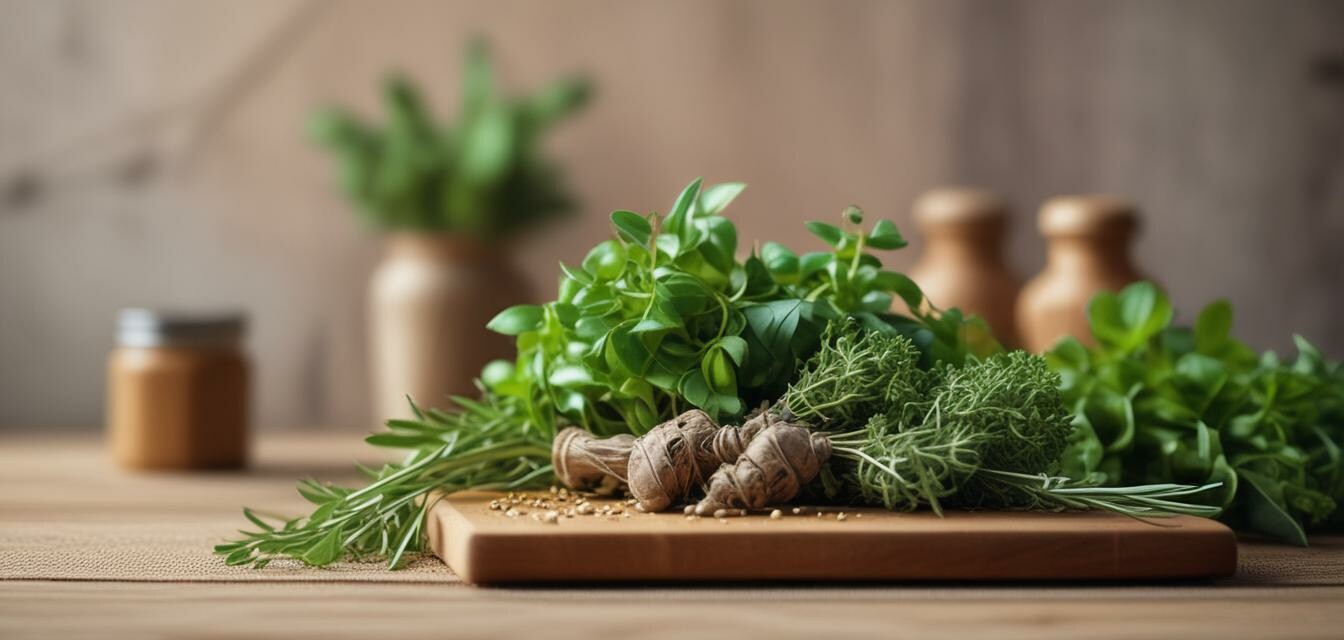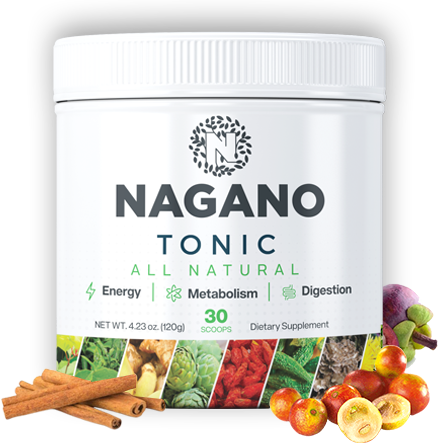
Incorporating Herbs into Your Cooking for Wellness
Key Takeaways
- Culinary herbs can enhance not only flavor but also wellness benefits.
- Incorporating herbs is simple and adds a fresh twist to everyday recipes.
- Explore various herbs and their properties to elevate your health-conscious meals.
- Knowing how to use herbs effectively opens up a world of culinary creativity.
- Experimentation with herbs can lead to delightful new dishes.
Herbs have been used for centuries, not just in cooking but also for their wellness benefits. Integrating culinary herbs into your meals is a simple way to add flavor and nutrition to your dishes. Whether you’re a novice cook or an experienced chef, finding ways to incorporate these plants into your culinary repertoire can lead to better health and delicious meals.
The Benefits of Culinary Herbs
Using culinary herbs in your cooking offers numerous benefits including:
- Enhanced flavors, eliminating the need for excess salt and fat.
- Antioxidant properties that help fight free radicals.
- Supporting digestion and overall wellness.
- Providing essential vitamins and minerals.
Popular Culinary Herbs and Their Uses
| Herb | Flavor Profile | Common Uses | Wellness Benefits |
|---|---|---|---|
| Basil | Sweet, peppery | Pasta, salads, pesto | Supports digestion |
| Rosemary | Pine-like, earthy | Meats, bread, soups | Rich in antioxidants |
| Thyme | Earthy, minty | Soups, stews, marinades | Supports respiratory health |
| Parsley | Fresh, mild | Garnish, salads, sauces | Rich in vitamins A, C, and K |
| Cilantro | Citrusy, fresh | Salsas, salads, curries | Supports detoxification |
Incorporating Herbs into Your Cooking
Here are some effective tips to get you started:
Tips for Beginners
- Start with a few herbs that you enjoy and learn their uses.
- Grow your own herb garden for easy access to fresh herbs.
- Add herbs to dishes during the last few minutes of cooking for maximum flavor.
- Experiment by mixing different herbs to create unique flavor profiles.
- Use dried herbs as a substitute when fresh herbs are unavailable, though adjust quantities as the potency may vary.
Quick Recipes to Try
Herbed Olive Oil
A simple way to add flavor to your meals. Combine olive oil with your choice of herbs (like rosemary and thyme), let it infuse for a few days, and use it in salads or drizzled over grilled vegetables.
Herb-Infused Quinoa
Cook quinoa as usual but add chopped herbs like parsley and cilantro to the water for an aromatic twist. Pair it with grilled chicken or vegetables for a wholesome meal.
Exploring Herbal Remedies
To further enhance your cooking and wellness journey, consider exploring the world of herbal remedies. Books such as Rosemary Gladstar's Medicinal Herbs: A Beginner's Guide can provide insight into how herbs can be used beyond the kitchen. This resource is excellent for anyone looking to deepen their knowledge of herbs and their myriad applications.
Rosemary Gladstar's Medicinal Herbs
This comprehensive guide offers insights into 33 healing herbs you can grow and use in your wellness journey.
Learn MoreConclusion
Integrating culinary herbs into your cooking not only enhances flavor but also contributes to overall wellness. By experimenting with these vibrant plants in your meals, you can create delicious dishes that nourish your body. With the right knowledge and a little creativity, your culinary journey with herbs can lead you into a whole new world of wellness.
Pros
- Improve flavor without unhealthy additives.
- Easy to grow at home.
- Versatile in various dishes.
- Enhance nutrition effortlessly.
Cons
- Some herbs may interact with medications.
- Requires storage and maintenance if fresh.
- Cultivating herbs can take time and patience.

